

A tape measure for sewing is a must-have in every tailor’s sewing arsenal. It is as essential and indispensable to a sewer as a stethoscope is to a Medical doctor. The most common tape measure is a soft, flexible strip with linear measurement markings. It is mostly made with fiberglass or polyester. The standard tape measure is 60 inches long but there are longer ones on the market that go up to 120 inches. The longer ones are used for making longer measurements like curtains and quilts.
There are 4 main types of tape measurements: the regular measuring tape, trouser tape, drawing rulers, and the cutter practical guide tape. The tape measures use 2 types of measurements: the metric and imperial markings. Metric measurements are popular among scientists while imperial measurements are popular among tailors and other users that take body measurements. Let’s delve a little deeper into the types of measuring tapes and how to use them.
Besides taking body measurements, a tape measure is used for measuring fabric, drafting sewing patterns, laying out garment patterns, specifying the measurements of a garment and measuring quilts, curtains and other home décor sewing projects.
You can buy a tape measure online or in any store near you but there are a few crucial factors that you must consider Trusted Source How to Choose the Right Tape Measure | The Tape Store With such a huge range on offer, it can be difficult to know which tape measure is right for you. This super-informative article from The Tape Store can help. www.thetapestore.co.uk to make the best buy. Alternatively you can buy a full sewing kit that comes with a sewer’s tape measure. According to most reviews, the Coquimbo Sewing Kit remains the most popular kit recommended for both beginners and professionals. It comes with all the sewing essentials, from scissors, buttons, and threader tools to thimbles, seam ripper and other sewing tools.
The standard length of a tape measure is 60 inches while the standard width is 5/8 inches. There are longer tape measures on the market like the popular SINGER 50003 ProSeries Retractable Tape Measure. The retractable tape measure is 96 inches and it comes in a convenient compact case with a key ring hole that makes it easily portable. It is built to last with vinyl which also makes it flexible.
The four main types of tape measures are:
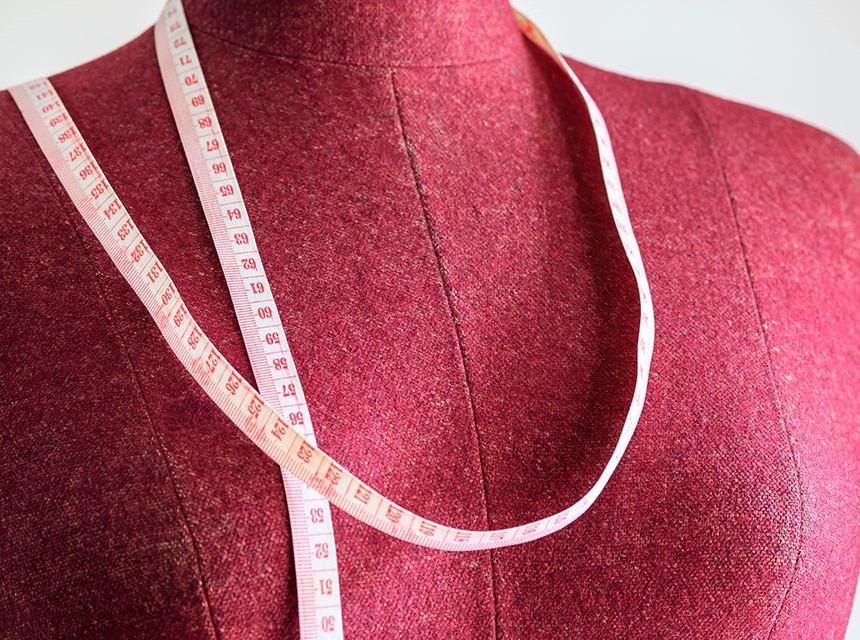
This is the standard tape used to take body measurements. It is usually 60 inches long which translates to 152 centimeters or 1.52 meters. You can also get a regular tape measure for measuring long lengths of up to 120 inches. They come in handy when measuring curtains, quilts and other large home décor projects.
Most regular measuring tapes come with a right and wrong end. One of their ends usually has a stiff metal plate. Simpler models come with both ends ready to measure.
The regular measuring tape will have either the metric or imperial markings on the top or bottom. Some include both the metric and imperial measurement system. The markings on the tape measure are usually given in 8 parts for an inch. Some models come with measurements representing 1/16th of an inch.
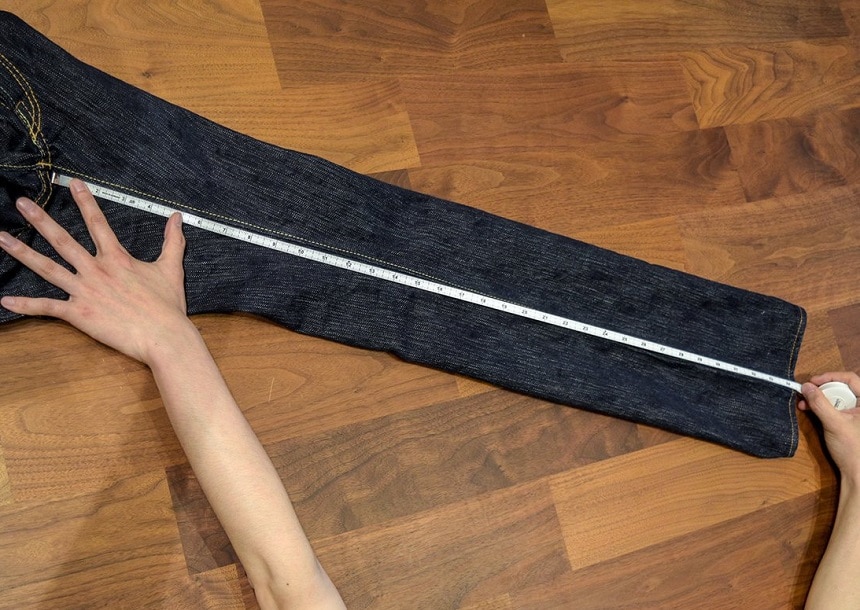
This is a tape measure that has a curved feature on top. It comes in handy when measuring the inseam length for pants. It measures 45 inches in length which is 114cm.

This measuring tape has an elastic tape and other tapes attached to a piece of plastic.
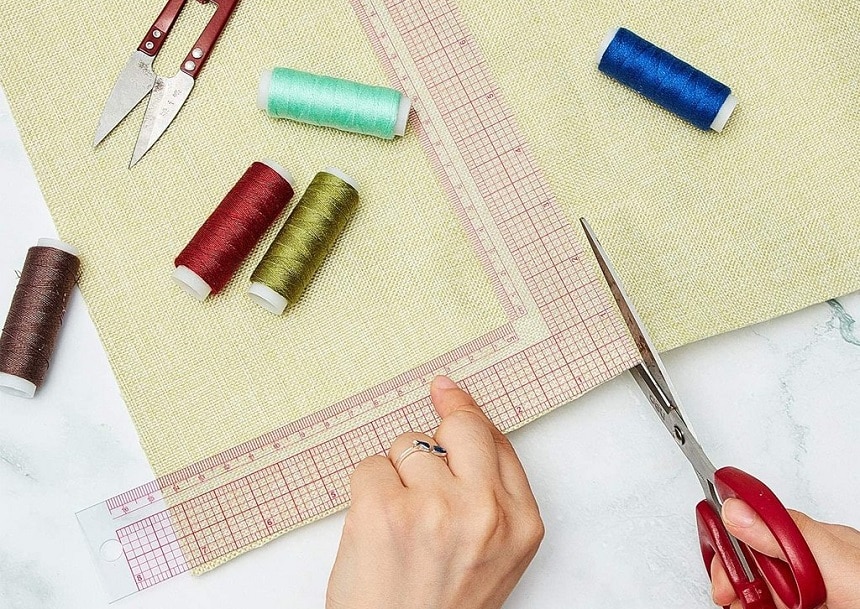
Drawing rulers come in plastic, wood or metal. The meter scale on a drawing ruler is very useful in drawing the long seam line in garment making. A small foot rule is 12 inches long. Other than seams, you can use it to measure pleats and small tucks.
The L-square ruler is another type of drawing ruler. It is made in the shape of the letter L. It is perfect for measuring corners as it gives an accurate 90 degree marking. The long side of the ruler usually measures 24 inches in length and the short side 12 inches.
There are two main types of measurements Trusted Source Systems and Scales of Measurement | Mathematics for the Liberal Arts In the United States, both the U.S. customary measurement system and the metric system are used, especially in medical, scientific, and technical fields. In most other countries, the metric system is the primary system of measurement. courses.lumenlearning.com :
Most measuring tapes come with both measurement systems. Some come with only one. The metric measurement markings have measurements in millimeters and centimeters.
The numbers on a metric tape measure represent centimeters and the lines in between are the millimeters. 10 millimeters make a centimeter, and 100 centimeters make a meter.
The imperial measurement markings represent measurements in inches, feet and fractions of inches. The only downside to the imperial measurement system is its lack of decimal fractions. Let’s say you have a fabric that is 67 inches wide and you need to make 10 pleats on it. The equal measurement between the pleats should 6.7 but this would be hard to get with the imperial measurement system especially if you are completely new to using it.
Here is how to read tape measures and cope with both the metric and imperial measurement system:
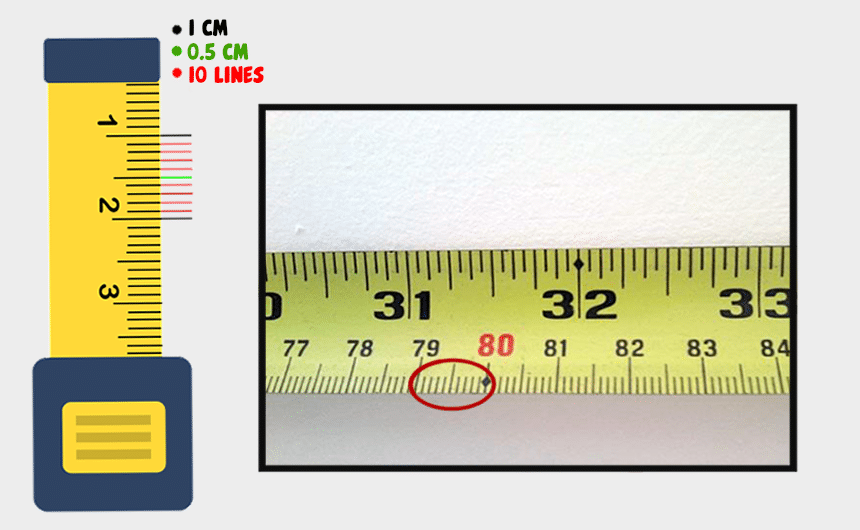
The markings on a tape measure with millimeters are applied with the main divisions at an interval of 1cm and intermediate 1mm. 1cm is divided into 10 equal parts. Its fractions can be expressed in decimal point. For example, 27mm can be expressed and 2.7cm.
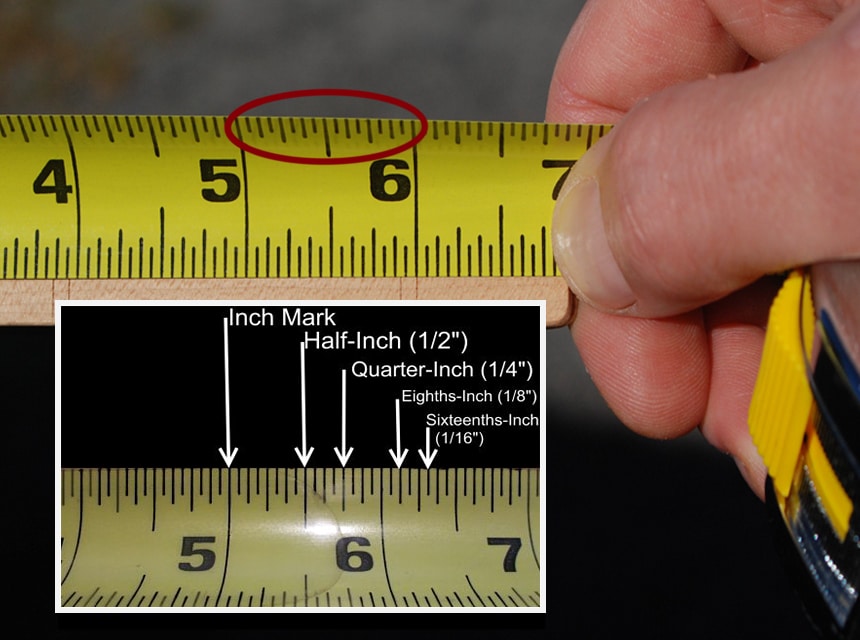
The measurement markings on this tape measure are applied with the divisions at an interval of 1 inch and the intermediate 1/8 or 1/16 inches. 1 inch is divided into either 2, 4, 8 or 16 parts. You can’t use decimal points to express fractions with inches. You have to express them in fractions as in 3 5/8 or 5 3/16.
The inch fractions on the tape measure are usually marked with a single line. You would have to count the number of divisions to get the fraction which is a challenge to some people as it is easy to make a mistake.

Reading a tape measure in the 16ths usually sounds like algebra to most beginners. Here are a few scenarios to help you get the concept:
Example 1
If you have a tape measure with 16 parts per inch and you use it to measure a dart, it will come out as 4 whole inches and 5 little marks. You will read this as 4 and 5/16 inches.
Example 2
If you use the tape measure to measure the distance between the buttonholes of a garment and it comes out as 3 whole inches and 2 little marks, then you will read it as 3 and 2/16inches. In this case, you will not say the distance between the buttonholes is 3 and 2/16 inches. Mathematically, it makes sense to say the distance is 3 and 1/8 inches.
Example 3
If you want to make the hem of your jeans and your measurements turn out to be 1 whole inch and 4 little marks, you will read it as 1 4/16 inches. Again, it would be incorrect to read it that way mathematically. The correct reading would be 1 ¼ inches.
Example 4
What if you need to make a 5/8 measurement using the 16ths tape measure? You would have to convert 5/8 into 16ths by multiplying it by 16. The result would be 10/16. This means you would have to count 10 little marks on the tape measure. It’s not rocket science after all but if you were bad at math in school, you may need a pen and paper.
A tape measure is a basic tool that every sewing kit should have. The 4 different types of sewing tape measures all serve a similar purpose in sewing which is getting accurate measurements for the best results. When buying a tape measure, pay attention to its build quality and the measuring system on it. If you have a challenge in converting measurements in the imperial system to the metric system and vice versa, you’d be safer with a tape measure that comes with both systems.
Be sure to go for a flexible tape measure as it is more versatile. As it is soft and flexible, it can take body measurements and many other sewing measurements better than a rigid one that cannot fit on the body or curl around a pattern on a fabric.